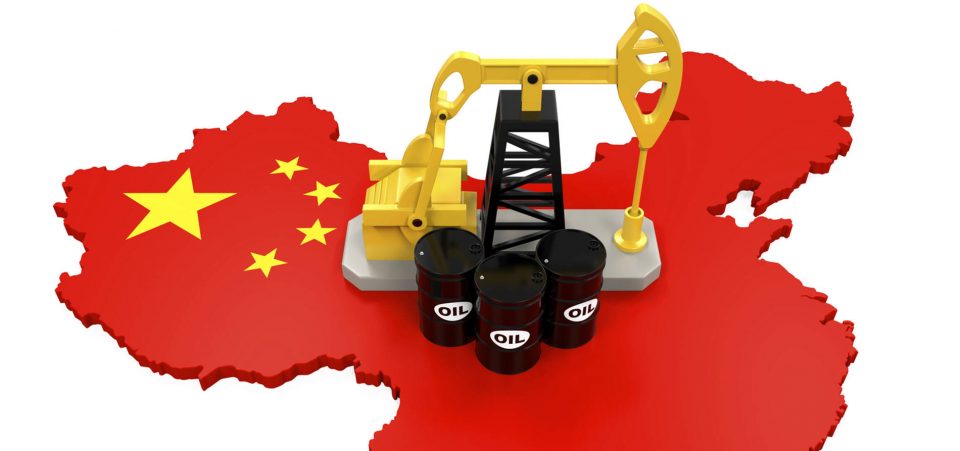Why Beijing, China Is Hoarding Oil
New data on overnight customs in China reveals that Angola, not Russia or Saudi Arabia, is the country’s chief supplier of crude oil.
The Sub-Saharan African nation exported 4.19 million tonnes of crude oil to China last month, reflecting a 45.8% increase from the same period a year before. (Source: “Angola becomes China’s biggest oil supplier in Sept,” Reuters, October 24, 2016.)
Although Angolan shipments into China have previously reached levels of 1.11 million barrels a day, the current 1.02 million barrels per day (bpd) still reflects a five-month high. Saudi shipments came in at 949,500 bpd, which was 1.3% less than the same period last year.
Russian shipments fell by an even wider margin, falling by 2.1% to 962,620 bpd.
Despite these reductions, China emerged as the world’s largest buyer of foreign oil. It stockpiled crude oil at a record rate of 1.17 million bpd in September, part of which was due to a 0.36% drop in demand. This is compared to 1.14 million bpd being hoarded in September 2015.
Year to date, Russia and Saudi Arabia still top the list of Chinese energy suppliers, but Angola came in just behind them. It has the momentum to usurp them again in October, as does Iraq.
The war-torn nation increased its crude oil deliveries to China by 58.4% year-over-year. It exported 4.07 billion barrels to the Middle Kingdom, which translated to roughly 989,400 bpd.
Many of these dynamics are complicated by OPEC and non-OPEC agreements to cap production levels. A supply overhang has kept prices below $50.00 for most of the last two years, yet OPEC famously refused to slash production in November 2015.
Led by Saudi Arabia, OPEC continued to exert downward pressure on oil prices in the hopes it would drive their competitors out of business. Many sites in North America had only become feasible in the 2000s as prices surged above $100.00 per barrel, so OPEC was hoping to starve them out of business. It was unlikely they would survive the low price environment.
But now Saudi Arabia and its OPEC allies have agreed to slash production levels. Russia too has committed to bolstering the price of oil, but not all players are cutting equally and in sync.
These discrepancies could help explain how Angola became China’s chief energy supplier.






